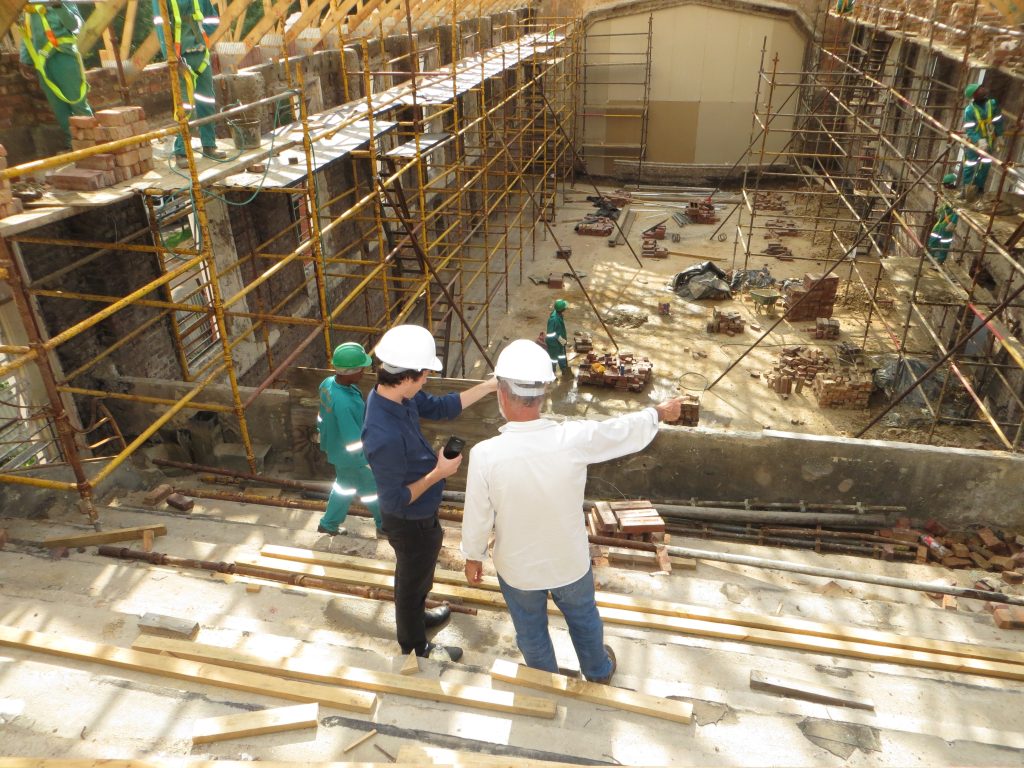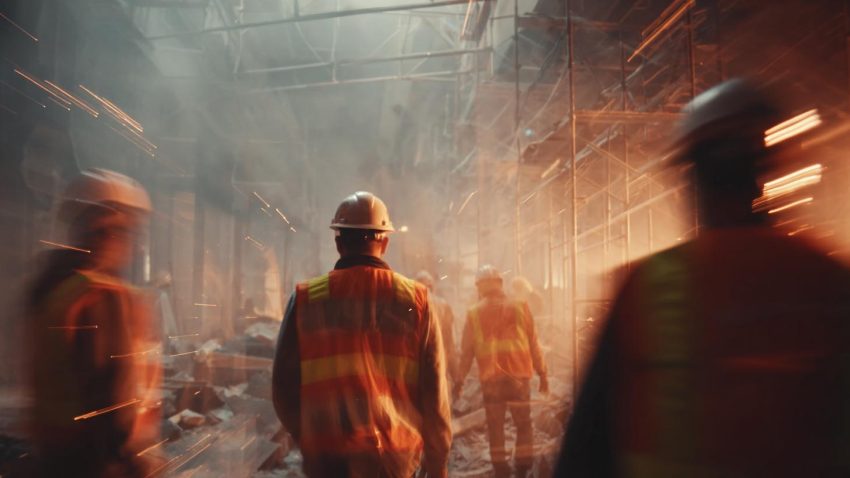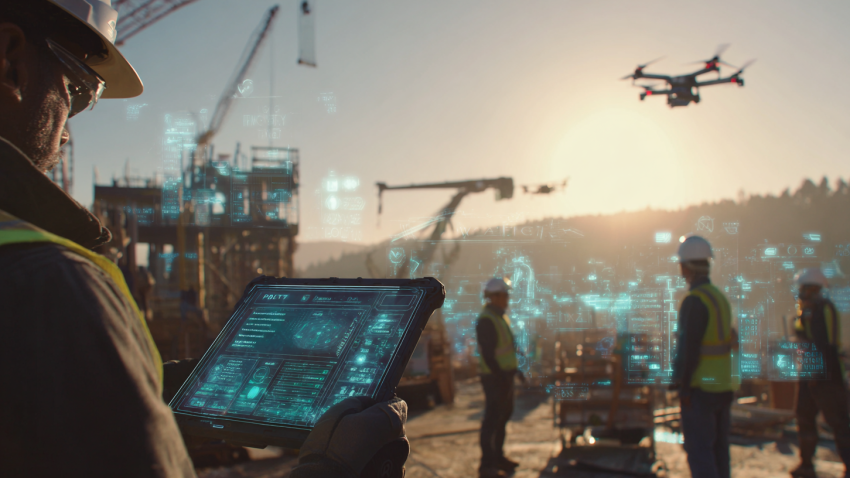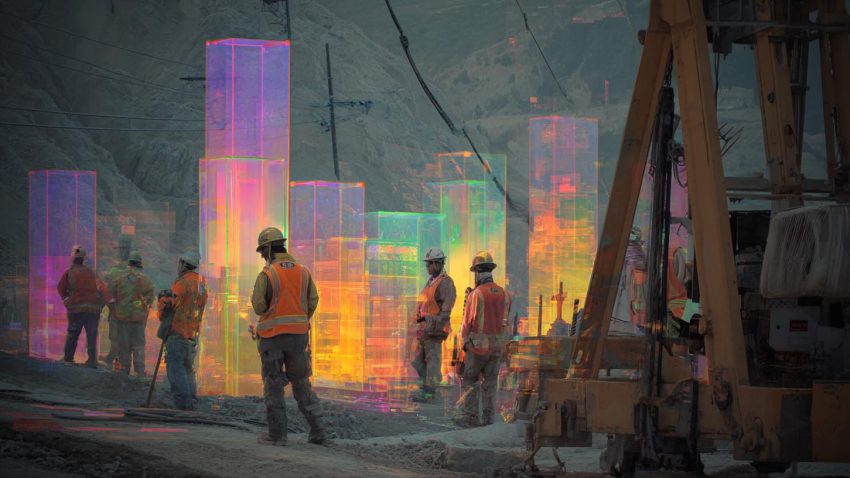Safeguarding Your Team: 15 Essential Construction Topics for Your Next Safety Talk
Table of Contents:

Safety is paramount in the construction industry, and conducting regular safety meetings is crucial to ensure the well-being of your team members. These meetings provide an opportunity to address critical safety topics, reinforce best practices, and foster a culture of safety on construction sites.
In this comprehensive guide, we will explore 15 crucial construction safety topics that should be covered in your next meeting. By addressing these topics and promoting safety awareness among your team, you can create a safer working environment and minimize the risk of accidents or injuries. Let’s delve into these essential safety discussions and equip your team with the knowledge and tools to stay safe on the job.
1. Personal Protective Equipment (PPE)
The Importance of PPE
Personal Protective Equipment (PPE) is a cornerstone of construction safety. Discuss the importance of wearing appropriate PPE, such as hard hats, safety glasses, gloves, and high-visibility vests. Highlight the role of PPE in protecting workers from hazards and reducing the risk of injuries.
Proper Selection and Use of PPE
Educate your team on selecting the right type of PPE for specific tasks and ensuring proper fit. Provide guidance on inspecting and maintaining PPE to ensure its effectiveness. Emphasize the need to wear PPE consistently and address any misconceptions or challenges faced by workers in using PPE.
2. Hazard Communication
Understanding Hazardous Materials
Raise awareness about the hazards associated with common construction materials, chemicals, and substances used on-site. Discuss the importance of reading Safety Data Sheets (SDS) and
properly storing, handling, and disposing of hazardous materials.
Effective Signage and Labeling
Highlight the significance of clear and visible signage to indicate potential hazards and safety precautions. Discuss the importance of proper labeling of hazardous substances and the role of color coding and symbols in promoting understanding and compliance.
3. Fall Protection
Identifying Fall Hazards
Educate your team on recognizing fall hazards, such as unprotected edges, unstable surfaces, and working at heights. Emphasize the importance of risk assessments and implementing fall protection measures based on the specific hazards present.
Using Fall Protection Equipment
Provide training on the proper use of fall protection equipment, including harnesses, lanyards, and anchor points. Discuss the importance of inspections, maintenance, and regular checks for wear and tear. Encourage open discussions about any concerns or difficulties workers may face while using fall protection equipment.
4. Scaffolding Safety
Safe Construction and Use of Scaffolding
Explain the proper construction, inspection, and use of scaffolding. Discuss the importance of stability, guardrails, and toeboards. Emphasize the need for regular inspections and avoiding overloading or modifying scaffolding without authorization.
Scaffolding Hazards and Precautions
Highlight common hazards associated with scaffolding, such as falls, electrocution, and falling objects. Discuss precautionary measures, including proper access and egress, secure platforms, and the use of safety nets or personal fall arrest systems.
5. Electrical Safety
Understanding Electrical Hazards
Educate your team about electrical hazards, such as electrocution and electrical fires. Discuss the importance of identifying potential electrical hazards on construction sites, including overhead power lines, underground utilities, and damaged wiring.
Safe Electrical Practices
Promote safe electrical practices, such as using ground fault circuit interrupters (GFCIs), proper lockout/tagout procedures, and safe equipment handling. Emphasize the need for qualified electricians or authorized personnel to perform electrical work and the importance of reporting any electrical hazards or malfunctions.
6. Excavation and Trenching Safety
Understanding Excavation Hazards
Raise awareness about the hazards associated with excavation and trenching, including cave-ins, engulfment, and hazardous atmospheres. Discuss the importance of conducting thorough assessments and implementing proper protective measures.
Protective Systems and Best Practices
Provide guidance on selecting and implementing protective systems, such as shoring, sloping, or trench boxes. Discuss the importance of regular inspections, safe access and egress, and maintaining proper clearances around excavations and trenches.
7. Hand and Power Tool Safety
Safe Tool Selection and Inspection
Educate your team on selecting the appropriate hand and power tools for specific tasks. Discuss the importance of inspecting tools for damage, ensuring proper guarding, and using the right personal protective equipment when operating tools.
Proper Tool Handling and Use
Highlight safe work practices, such as maintaining a secure grip, using tools at the correct angle, and avoiding distractions while operating tools. Address the importance of training and competency in using specific tools and seeking assistance for unfamiliar or high-risk tasks.
8. Fire Safety
Fire Prevention Measures
Discuss fire prevention measures, such as proper storage of flammable materials, maintaining clear pathways, and regular inspection of fire extinguishers. Encourage the reporting of potential fire hazards and the importance of emergency evacuation plans.
Response and Emergency Procedures
Educate your team on emergency response procedures, including evacuation routes, assembly points, and communication methods during a fire emergency. Discuss the proper use of fire extinguishers and the importance of designated fire wardens or trained personnel in handling fire incidents.
9. Ladder Safety
Safe Ladder Use
Educate your team on proper ladder selection, inspection, and setup. Discuss the importance of maintaining three points of contact, avoiding overreaching, and ensuring ladders are placed on stable surfaces.
Alternative Access Methods
Encourage discussions about alternative access methods, such as scaffolding or aerial lifts, when ladders are not the safest option. Highlight the importance of assessing the risks associated with each task and choosing the most appropriate access method.
10. Material Handling and Storage
Safe Material Handling Techniques
Provide guidance on proper lifting techniques, such as bending the knees, keeping the back straight, and using mechanical aids when necessary. Discuss the importance of team lifting, avoiding overexertion, and recognizing signs of strain or fatigue.
Proper Material Storage and Organization
Address the importance of organized and secure material storage to prevent tripping hazards, falling objects, or material damage. Discuss best practices for storing materials, maintaining clear access pathways, and ensuring stability in stacked or stored items.
Omar N. | Field Engineer
“Prior to StruxHub, it was a struggle to keep up. I had a 6 by 5 ft whiteboard in a conference room. I wasn’t able to collect delivery requests from our trades and announce them to the airport in time.”
11. Confined Space Safety
Identifying Confined Space
Educate your team on recognizing confined spaces, such as tanks, vaults, or manholes, and the associated hazards, such as limited entry and exit points, poor ventilation, and potential exposure to toxic gases.
Safe Entry and Work Procedures
Discuss the importance of conducting confined space assessments, implementing proper entry permits, and providing adequate ventilation and lighting. Emphasize the need for trained personnel.
Continuous Monitoring and Communication
Emphasize the need for continuous monitoring of atmospheric conditions and communication systems in confined spaces. Discuss the importance of establishing effective rescue plans and providing training on emergency response procedures specific to confined spaces.
12. Heat and Cold Stress
Recognizing Heat and Cold Stress
Educate your team about the signs and symptoms of heat and cold stress, such as heat exhaustion, heat stroke, hypothermia, and frostbite. Discuss the importance of recognizing early warning signs and taking appropriate measures to prevent heat or cold-related illnesses.
Preventive Measures and Safety Guidelines
Highlight preventive measures, such as providing shade or shelter, encouraging hydration, and implementing work-rest schedules during extreme temperature conditions. Discuss the importance of wearing appropriate clothing and personal protective equipment to mitigate the risks associated with heat and cold stress.
13. Crane and Heavy Equipment Safety
Safe Crane and Heavy Equipment Operations
Address the importance of proper training and certification for operators of cranes and heavy equipment. Discuss the need for pre-operational inspections, load capacity awareness, and communication protocols during lifting operations.
Establishing Safe Work Zones
Highlight the significance of establishing safe work zones around cranes and heavy equipment. Discuss the importance of barricades, warning signs, and designated signal persons to ensure the safety of workers and prevent unauthorized personnel from entering the area.
14. Emergency Preparedness
Developing Emergency Response Plans
Discuss the importance of developing comprehensive emergency response plans tailored to the specific hazards and risks on construction sites. Encourage the involvement of all team members in identifying potential emergencies, establishing communication protocols, and conducting drills and simulations.
First Aid and Medical Emergencie
Provide training on basic first aid techniques and procedures for handling medical emergencies on construction sites. Discuss the importance of maintaining first aid kits, designating trained first aiders, and providing access to emergency medical services.
15. Mental Health and Wellness
Promoting Mental Health Awareness
Raise awareness about the importance of mental health and well-being in the construction industry. Discuss the signs of stress, anxiety, and depression, and encourage open conversations about mental health to reduce stigma and promote support.
Resources and Support
Share information about available resources, such as employee assistance programs (EAPs) or mental health helplines. Encourage team members to seek support when needed and provide guidance on how to access these resources.
By addressing these 15 crucial construction safety topics in your next meeting, you can create a safer work environment for your team and minimize the risk of accidents or injuries. Remember to provide regular training, reinforce safety protocols, and foster a culture of safety within your construction business.
Prioritizing the well-being of your team members not only ensures compliance with regulations but also boosts productivity, morale, and overall project success. Embrace the power of these safety discussions and watch as your construction business flourishes with a commitment to safety at its core.
StruxHub is a construction project management software that helps you manage projects from start to finish. With StruxHub Permits, your field teams can easily request, manage, and store safety-related permits and much more – which means less wasted time tracking down the right person, information, or form. StruxHub can help you save time and money, improve communication, collaboration, and decision-making.
To learn more about how StruxHub can streamline your construction management processes, request a demo today. By completing our form, you’ll hear from our team soon to discuss how StruxHub can help you:
- Schedule construction material deliveries with your trades
- Coordinate construction site resources and on-site logistics
- Digitize work safety permits and inspection forms
- Communicate and track P6 and Excel schedules
- Broadcast announcements to all construction workers
Don’t miss out on the opportunity to optimize your construction management processes with StruxHub. Sign up for a free demo today.

StruxHub
Experience the power of StruxHub today and witness firsthand how it can revolutionize your construction operations.


